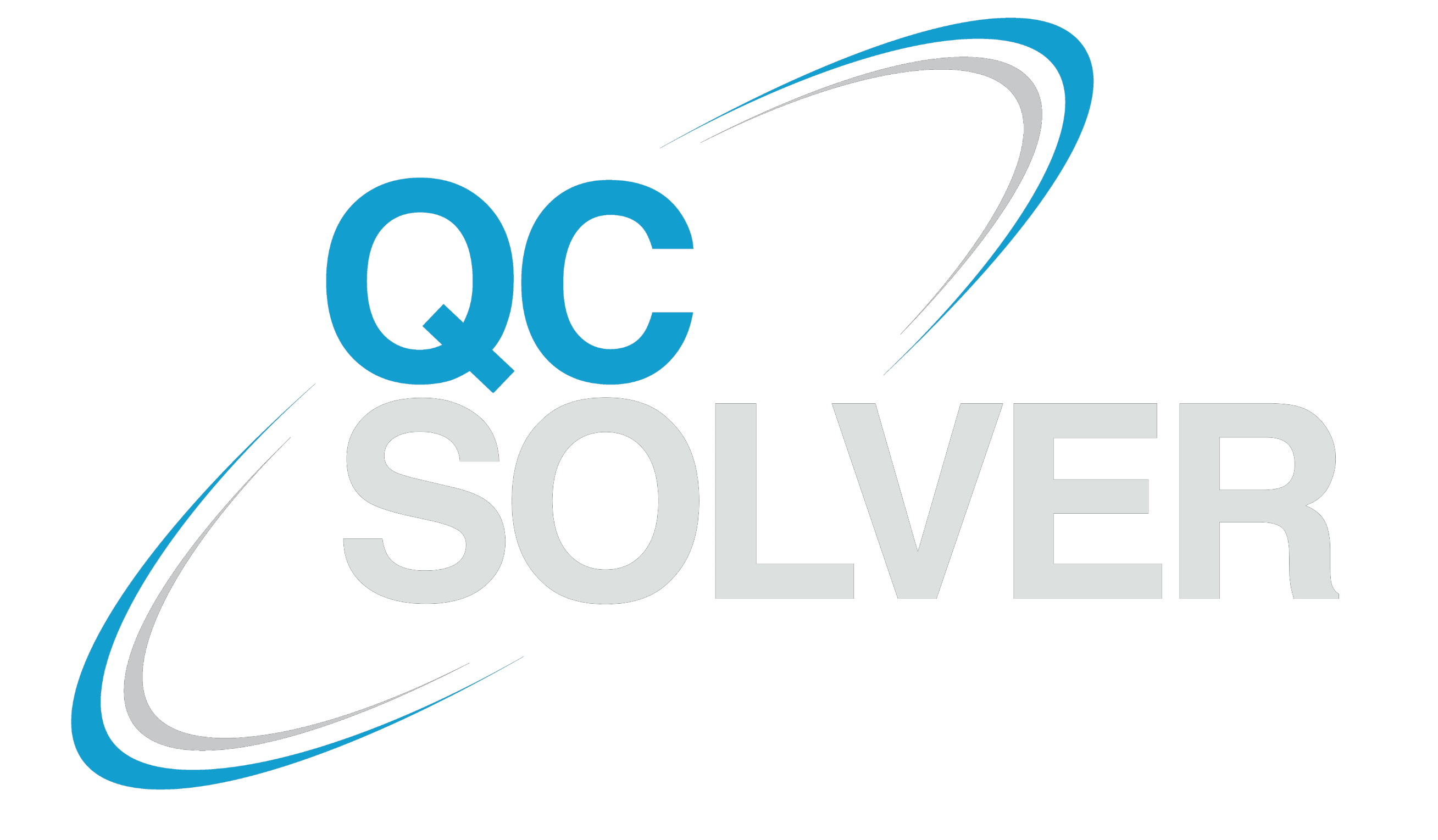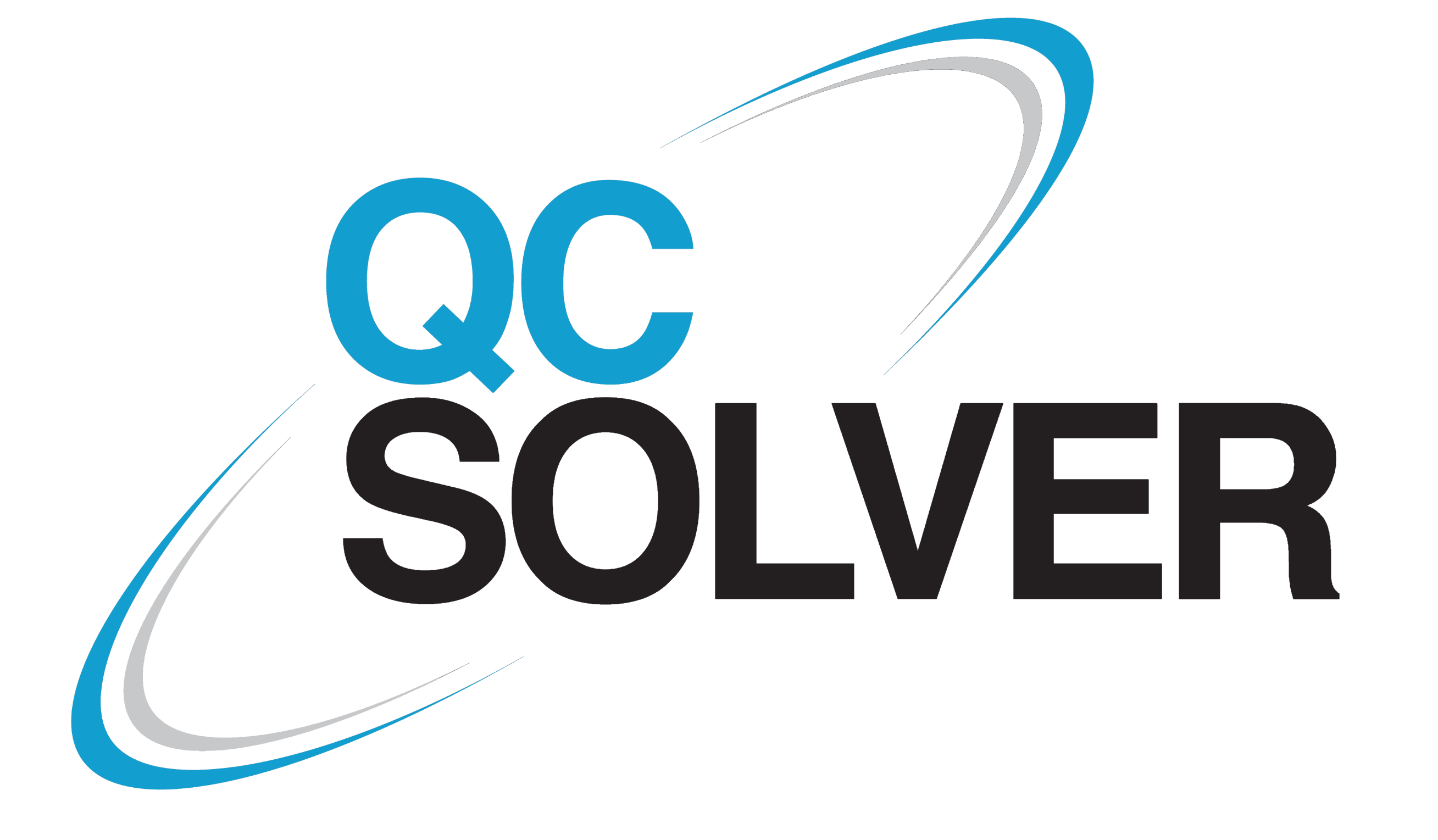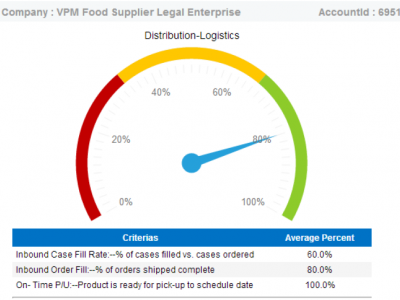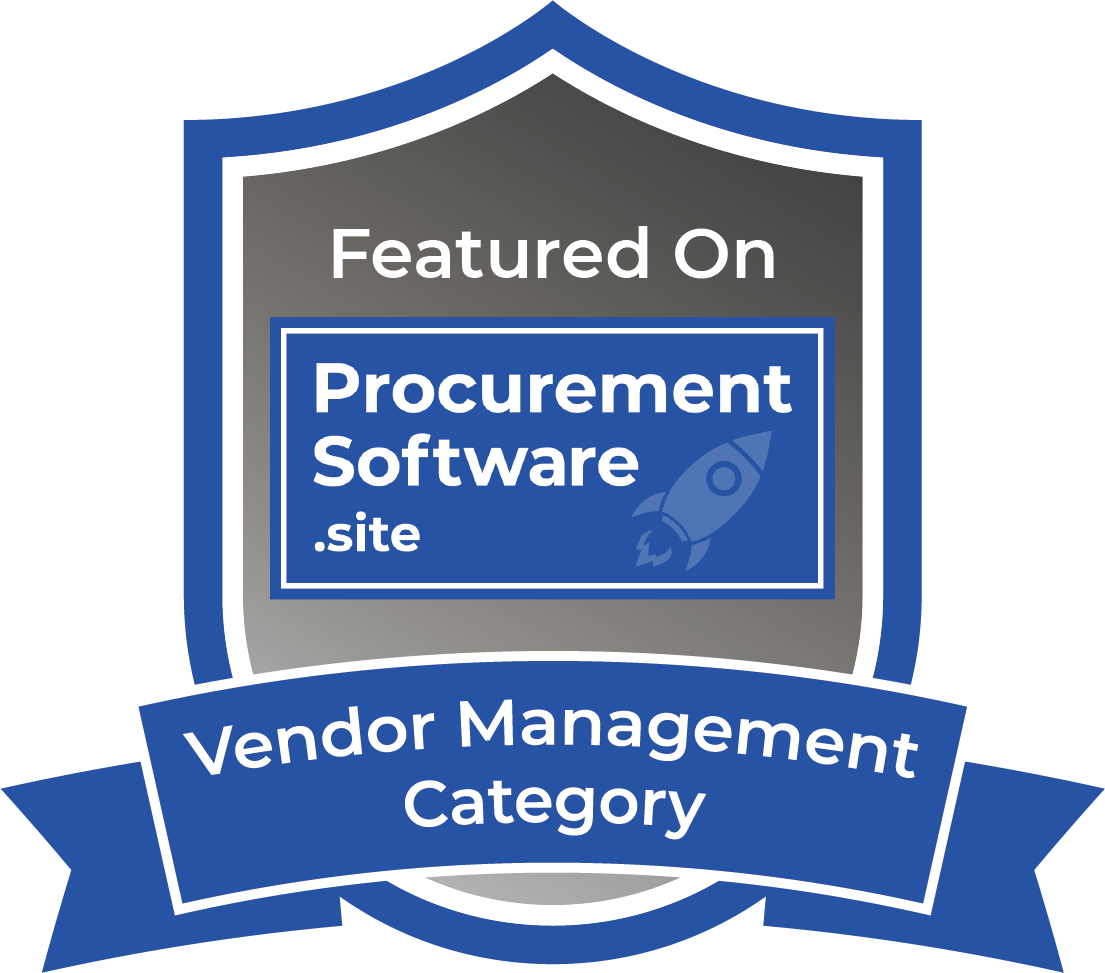[vc_row][vc_column][vc_column_text]
Feb 2014 Gerald Ford CSCMP, CPSM, CMC
Supplier relationships are the backbone of any good organization: businesses will flourish or fail alongside the performance of their vendors and suppliers. Every time someone mentioned doing an evaluation I can’t help to think about the old Clint Eastwood movie the good, the bad and the ugly. A sound supply relationship is based on excellent communication, properly drafted contracts and, above all, performance evaluation. Unfortunately the focus is often on trying to justify why you don’t want to deal with a certain vendor. What this means is that the uglier the situation the more the guns will be flying and when the dust settles the vendor might not even be out of the picture.
There is now a greater focus on vendor management than ever before. International trade agreements are stressing for an open, fair and transparent process. In fact Ontario’s Broader Public Sector Directive outlines Mandatory Requirement #22: Contract Management. “Supplier performance must be managed and documented, and any performance issues must be addressed.â€
It is often cited that 80 per cent of an organization’s costs and problems come from 20 per cent of the people they deal with. I have used the Pareto analysis for over 30 years and it is a well-used and trusted friend. What does surprise me is that often a company will opt-out of doing evaluations due to complications that arise when evaluating. Excuses are used like “I don’t have timeâ€, “What is the point†and my favorite “We always award on priceâ€.
So why should you conduct periodic vendor evaluations? Leopold Koff who is an instructor at Conestoga College in the Supply Chain & Operations Management program summed it up best. If done right an effective vendor performance management system enables the following:
- Supports better decision making
- Enables better communication
- Provides performance feedback
- Motivates and directs behavior
Every facet responsible for a smooth business relationship is improvable and measurable, but until you measure it, it can’t improve. The simple step of conducting an evaluation fixes that never-ending cycle of poor performance. It also is a great feedback mechanism for your vendors which help them improve their performance.
While reviews of contractors are relatively easy to do, consultants, or those providing similar services, are often trickier. Due to a consultant’s main commodity being advice, which is subjective, they pose a challenge to evaluators. When evaluating different sectors using traditional performance management tools, such as similar templates and criteria, it’s much like comparing chalk to cheese. This can lead to differential and incompatible data: a company’s worst nightmare.
Thusly, with mismatched templates, incongruent evaluation standards and a lack of consistent data, a company cannot correctly benchmark performance. I would look for a solution where there is some level of consistency. What I am looking for is a level of assurance the evaluations conducted will allow my organization to spot trends. You should be able to compare and contrast the results. In fact if you are part of a co-operative or shared services group you should also be able to view your organizations results and compare them to the results of other likeminded groups.
Companies also encounter other problems with evaluations. The paperwork of traditional evaluation systems piles up, the cost in company time is often high and, as contracts often go to the lowest bidder, a “why bother†attitude prevails.
Perhaps even more troubling is the fact that service level agreements are often not created when contracts are signed, so even if a company does carry out proper evaluations this lack of communication leads to incompatible priorities. If you really start to think about the root cause of a problem you might discover that your company’s objectives and expectations were not clearly communicated to the vendor.
Past performance should generally a good indicator of future performance, but how do you evaluate performance successfully? Surprisingly, 43 per cent of organizations recently polled as part of a Canadian Association of Management Consultant’s study currently don’t do any evaluations within their supply chain. In fact, a high trend among many companies is to only conduct evaluations on a yearly basis, or only when there is already a problem. This lack of project review is dangerous, allowing low performance to potentially become the status quo. On the other hand, evaluating consistently keeps all parties honest and accountable resulting in high-quality work.
With only eight per cent of organizations doing regular evaluations – more than 50 times per year – there must be a way to turn the tide and usher-in a better way of evaluating operations.
Almost everyone knows how to do performance evaluations. If you are an employee of a company you should have your own evaluation done at least yearly. It is unfortunate that there are only a few alternatives in managing supply chain performance while there are a greater number of software solutions for human resource professionals. Highly visual performance evaluation systems can be the most effective way to properly measure the success or failure of a vendor or contractor. It is also an up-to-date way of ensuring contracts go to the company or vendor with the highest standards.
Look for software that makes the evaluation process more cost effective and in direct corelation less time consuming. It should provide your organization with a database for evaluations and results; it also should also provide you with a visual representation of the data collected.
Standardized evaluation templates included in most visual performance tools allow for better comparisons, eliminating the aforementioned chalk and cheese scenario; methodology, rank and scoring are consistent. End-data is then comparable, credible and measurable across the board.
But be very careful when creating or using a standardize template. You may fall into the central tendency trap. This is where you allow your evaluators to select 3 on a scale between 1 and 5. We decided to see what happens in real life if people were given a choice. Would they pick 3? For our analysis we used the State of Florida’s my Marketplace Vendor Performance Tracking report. We downloaded over 5000 evaluations that were done in the month of April. What we discovered is that 66% of the evaluations where between 2.81 and 3.2. What this means is that given a choice of picking the middle number the evaluators would chose to judge the vendors as simply average. Only 3% were rated as poor so you would expect that if the 80/20 rule were to apply then 17% of the poor vendors would sneak into the average grouping. Imagine the chaos and lack of productivity that this would cause. Now this would be a very “ugly†situation indeed.
Just as good performance management relies on good data, proper assessment also equals proper analysis. Kim Dooling, the Purchasing Manager for the Town of Oakville and past President of the Ontario Public Buyers Association believes that the ideal visual performance management tools can group the data from all organizations, creating an overview and giving perspective. Spotting trends, patterns and ranking organizations becomes straightforward and unproblematic.
In the future these visual performance management tools will be used to provide open and transparent data, allowing the supply chain professional to see the true quality and performance of vendors. Ultimately this will result in higher performance overall amongst the vendor community. That is exactly the goal of a first-rate evaluation process to reward the good, to improve on the bad and remove the ugly from our sights.
[/vc_column_text][/vc_column][/vc_row]













Comments are closed